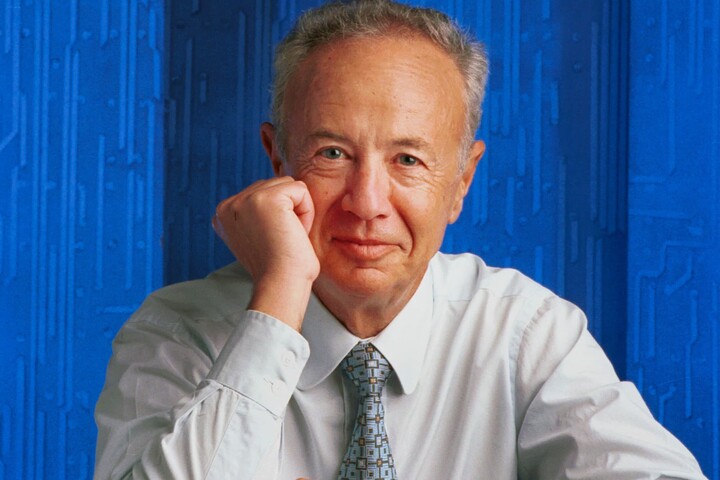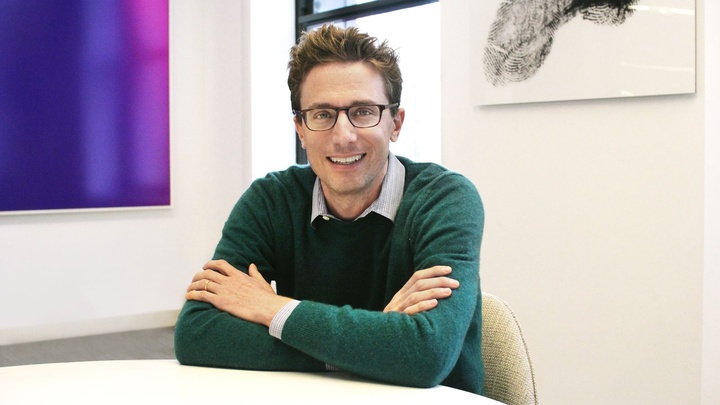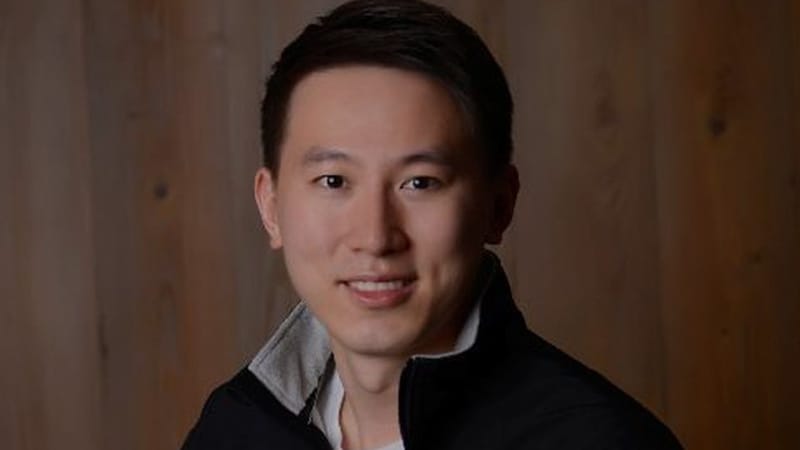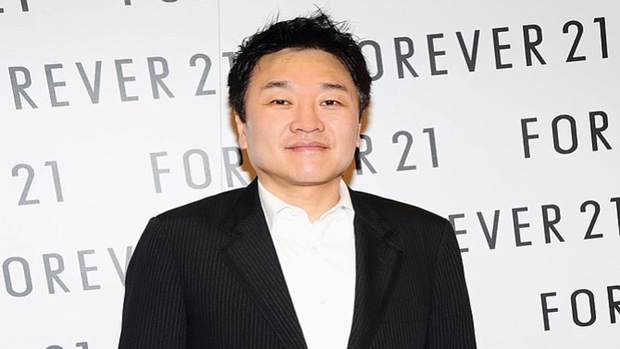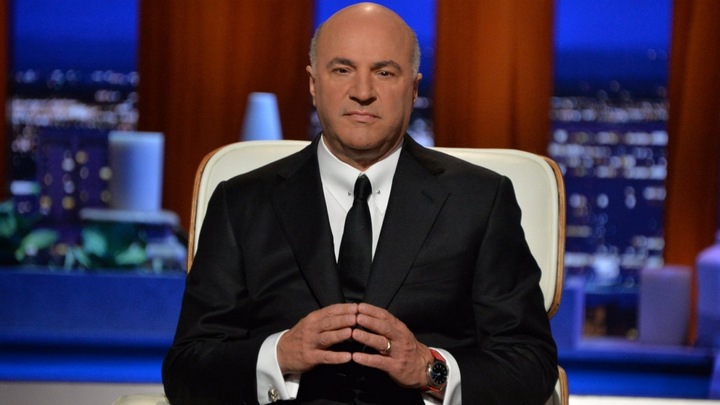Max Levchin: A Visionary Tech Founder of Affirm
Max Levchin is a Ukrainian-American software engineer and entrepreneur. He co-founded the business that later became PayPal in 1998. Levchin contributed to PayPal’s attempts to combat fraud and co-developed the Gausebeck-Levchin test, one of the initial commercial applications of a CAPTCHA challenge response human test. Max also co-founded Affirm along with Nathan Gettings, Jeffrey Kaditz, and Alex Rampell.
Early Life
Max Levchin, who was born into a Jewish family in the USSR, immigrated to the US with his parents as refugees when he was very young. Levchin talked about overcoming obstacles as a child in interaction with Bloomberg’s Emily Chang. Doctors questioned his prospects for survival because of his respiratory issues.
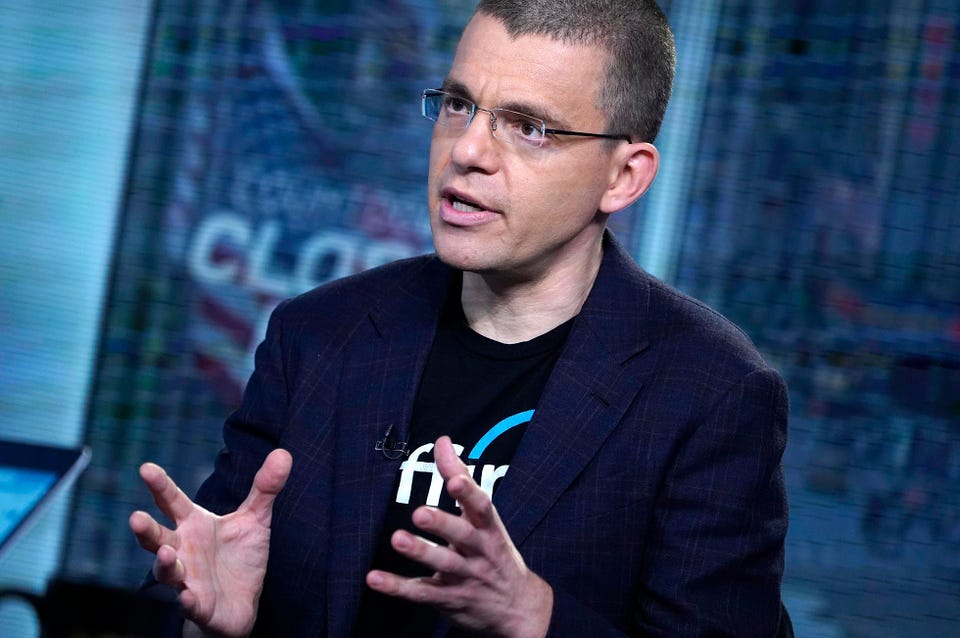
To increase his lung capacity, he started playing the clarinet with advice from his parents and grandmother. He decided to earn his degree in computer sciences from the University of Illinois. Soon after receiving his degree, Max partnered with Peter Thiel to establish what they referred to as “the digital wallets” through their company, Confinity. Later on, the pair transformed this into Paypal. Hugely successful PayPal was quickly acquired by eBay.
Success Story
Since the late 1990s, Levchin has started or co-founded a number of technology businesses. His first business, Confinity, merged with Elon Musk’s X.com to form PayPal, adding Levchin to the group of popular investors and businessmen known as the “PayPal Mafia” who previously held executive positions at PayPal. He also created Slide.
The slide was an app that allowed users to post photos on Facebook and Myspace. It was later acquired by Google, which shut it down after a while. Levchin also served as the CEO and Chairman of HVF, a startup lab centered on extracting insights through recordable information,” according to Crunchbase.
In 2011, he established HVF, which represents “Hard, Valuable, and Fun”. Levchin co-founded Glow, a data-driven fertility startup, which is owned by HVF. The business provides a female fertility tracking iPhone app. As a part of the inaugural portfolio of startup studio HVF, Max Levchin, Nathan Gettings, Jeffrey Kaditz, and Alex Rampell established Affirm.
Affirm is a publicly listed financial technology firm with its headquarters in San Francisco, USA. The business, which was established in 2012, provides installment loans to customers at the time of sale to help them fund purchases. He also made investments in numerous other companies, including Yelp and Evernote.
He still makes consistent investments in new businesses through SciFi VC.SciFi VC is a venture capital firm founded by Levchin. The firm was started through HVF Labs. It makes investments in early-stage organizations whose viability is based on challenging technical achievements, network effects, and intricate, highly regulated sectors.
From 2012 until 2015, Levchin served as a member of Yahoo’s board of directors. Levchin became the first executive from Silicon Valley to be selected for the U.S. Consumer Financial Protection Bureau (CFPB) advisory board in 2015. From 2006-2016, he also served on the board of Evernote. Levchin’s projected net worth in 2021 was just over $3 billion.

I am a law graduate from NLU Lucknow. I have a flair for creative writing and hence in my free time work as a freelance content writer.
